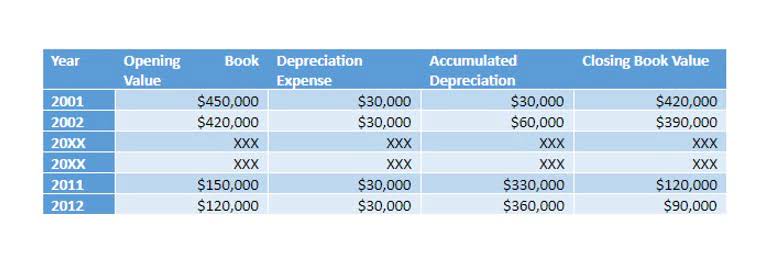Bookkeeping
A Guide to Financial Projections for Startups

This starts with your own historical financial data from costs to transaction histories to financial performance. You can also use retrieval-augmented generation (RAG) to connect your current sales or accounting software to AI to pull new data in real-time. For most startups, the absence of historical data is like trying to navigate through fog without a map. Established businesses have the advantage of looking back at years of data, including financial statements, to identify trends and patterns and support financial projections. Relying on gut feelings or guesswork can lead to devastating cash flow financial forecasting for startups issues and missed growth opportunities. By embracing financial forecasting, you’re not just managing risks; you’re setting the stage for sustainable growth and success.

Use your own industry experience

So, ditch the guesswork and arm yourself with the power of precise forecasting, transforming your startup’s potential into reality. Expense forecasting can predict your startup’s future costs, including fixed expenses like rent and salaries. By carefully tracking both past and expected expenditures, startups can identify areas to cut costs, optimize spending, and allocate resources. Expense forecasting ensures that businesses remain financially healthy by anticipating future financial obligations.

Part 2 – Financial Forecasting For Startups: How Much Money Do I Need?
- To utilize multiple linear regression for forecasting, a linear relationship must be present between the dependent and independent variables.
- Financial ratios are powerful metrics that help you evaluate your startup’s financial performance and make informed decisions.
- By forecasting payment schedules and tax liabilities, startups can better manage their resources and avoid last-minute financial strain.
- AI-driven tax forecasting equips startups with powerful tools to manage tax liabilities, optimize strategies, and prepare for growth.
- These are companies where your customer might not even know your product or service exists and might not know that they want it or need it so you are going to have to really go out and market and sell.
Generally speaking for SaaS businesses a gross margin of 70% is where you should aim to retained earnings balance sheet be. Putting all your costs and revenue predictions into one financial forecast template or business model makes it easy for you to see when cash gets low – or runs out. Investors will be looking at your cash flow statement and deciding for themselves whether you are raising enough money, or when you may need to raise more. Focused For Business provides a financial forecast template as part of their Funding Accelerator programme that makes it easy to display your financial plans for growth to investors. The template helped one startup, who had been struggling to convey their financial forecast to investors, raise investment in just eight weeks.
Real Estate Financial Modeling: Tools for Smart Investment Decisions

Knowing you’ll be in such diverse and ambitious company might make the idea of a startup even more compelling. Small Business Administration (SBA) reports that around 20% of small businesses fail within their first year. And only about a third of small businesses survive long enough to celebrate a decade. Regularly update your forecasting model with new data as it becomes available in order to ensure accuracy over time. These are companies where your customer might not even know your product or service exists and might not know that they want Bookstime it or need it so you are going to have to really go out and market and sell. You will likely have a customer funnel that will have leads that convert into customers over time.
- Financial projections often look many months or even several years into the future.
- After gathering the necessary information to develop your forecast, you can now create pro forma statements.
- To calculate this, divide your company’s fixed costs by the contribution margin ratio (unit selling price minus variable costs per unit).
- With all the information they need at hand, creditors and investors will readily understand your commitment to success—and take a much keener interest in sharing it.
- In doing so, remember your numbers must be not only accurate and complete, but sustainable.
- Investors and lenders know that your startup’s financial analysis isn’t set in stone, but you need to ensure it’s realistic.
- Failing to do your homework (so to speak) can kill your startup before it can really get its feet underneath it.
Step 2: Choose the Right Forecast Model
Understanding the essentials of cash flow projection is crucial for any startup. The truth is, for many entrepreneurs, making sense of the startup financial forecast is their #1 stumbling block. Creating a startup financial forecast can feel like navigating choppy storm-tossed waters.



